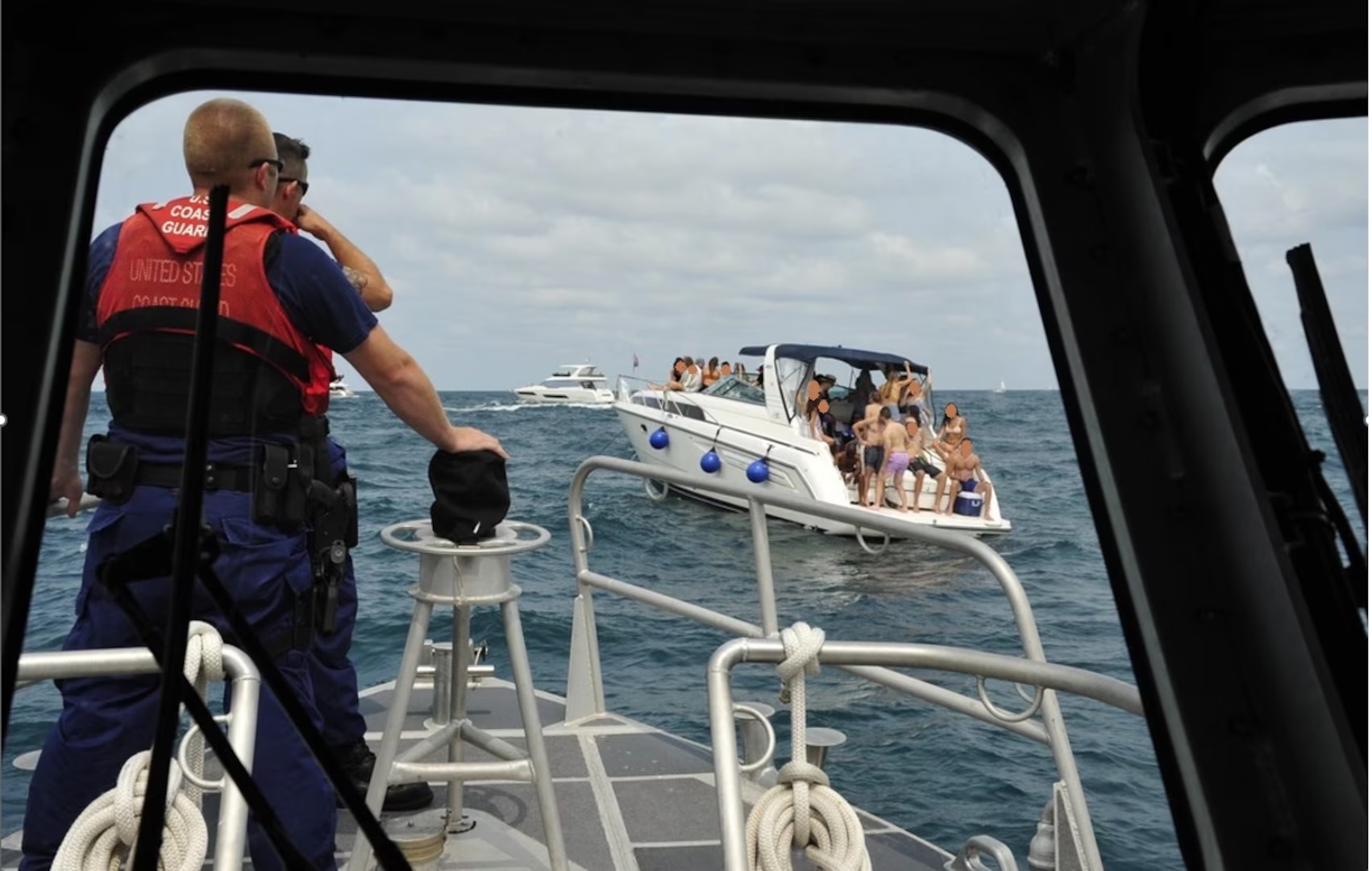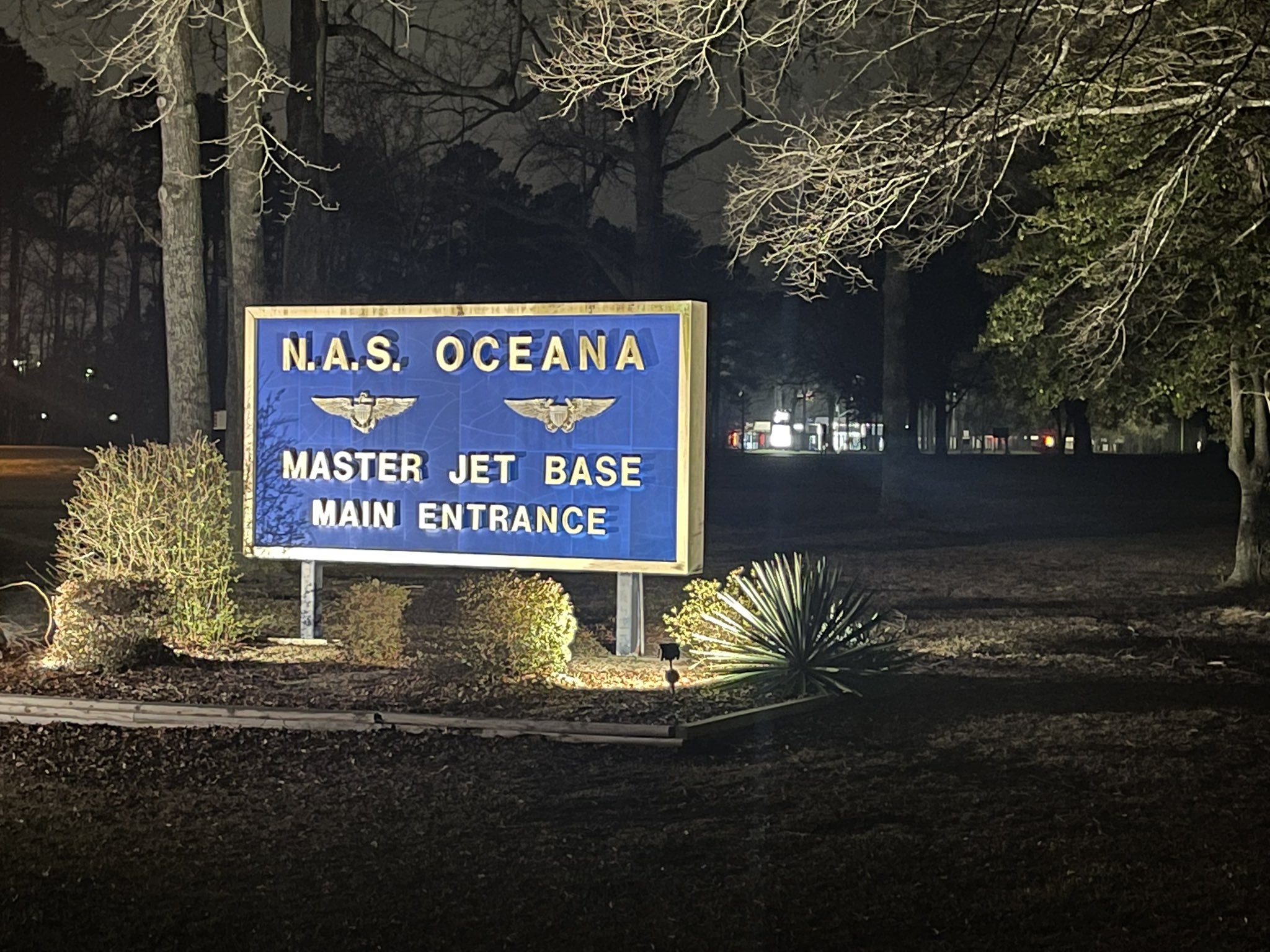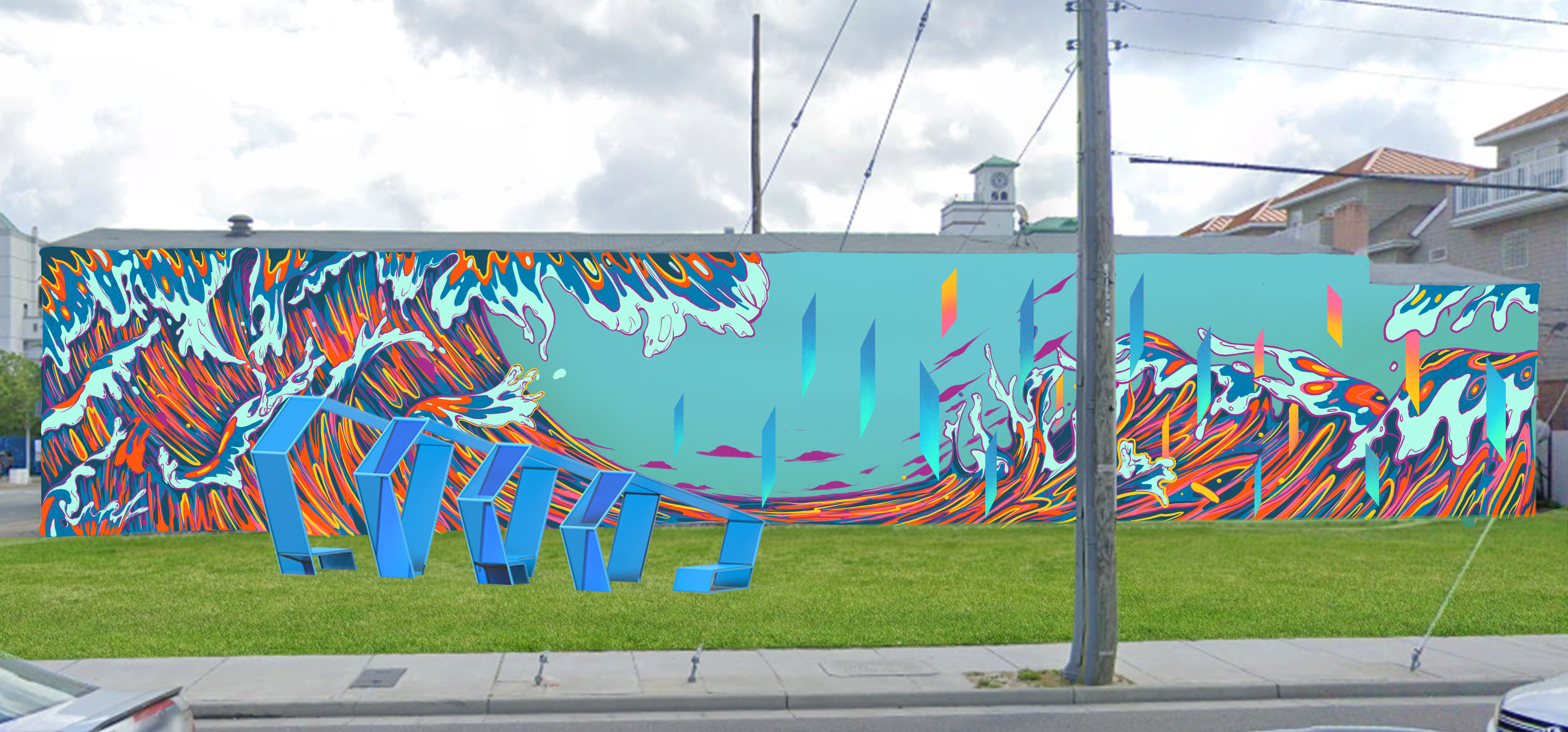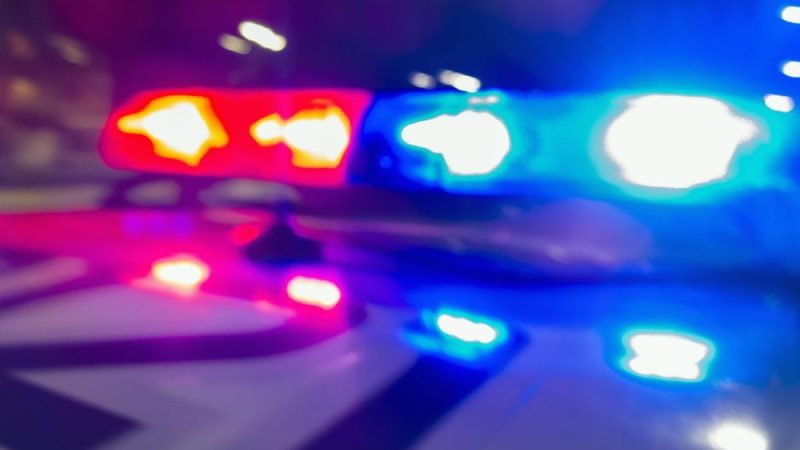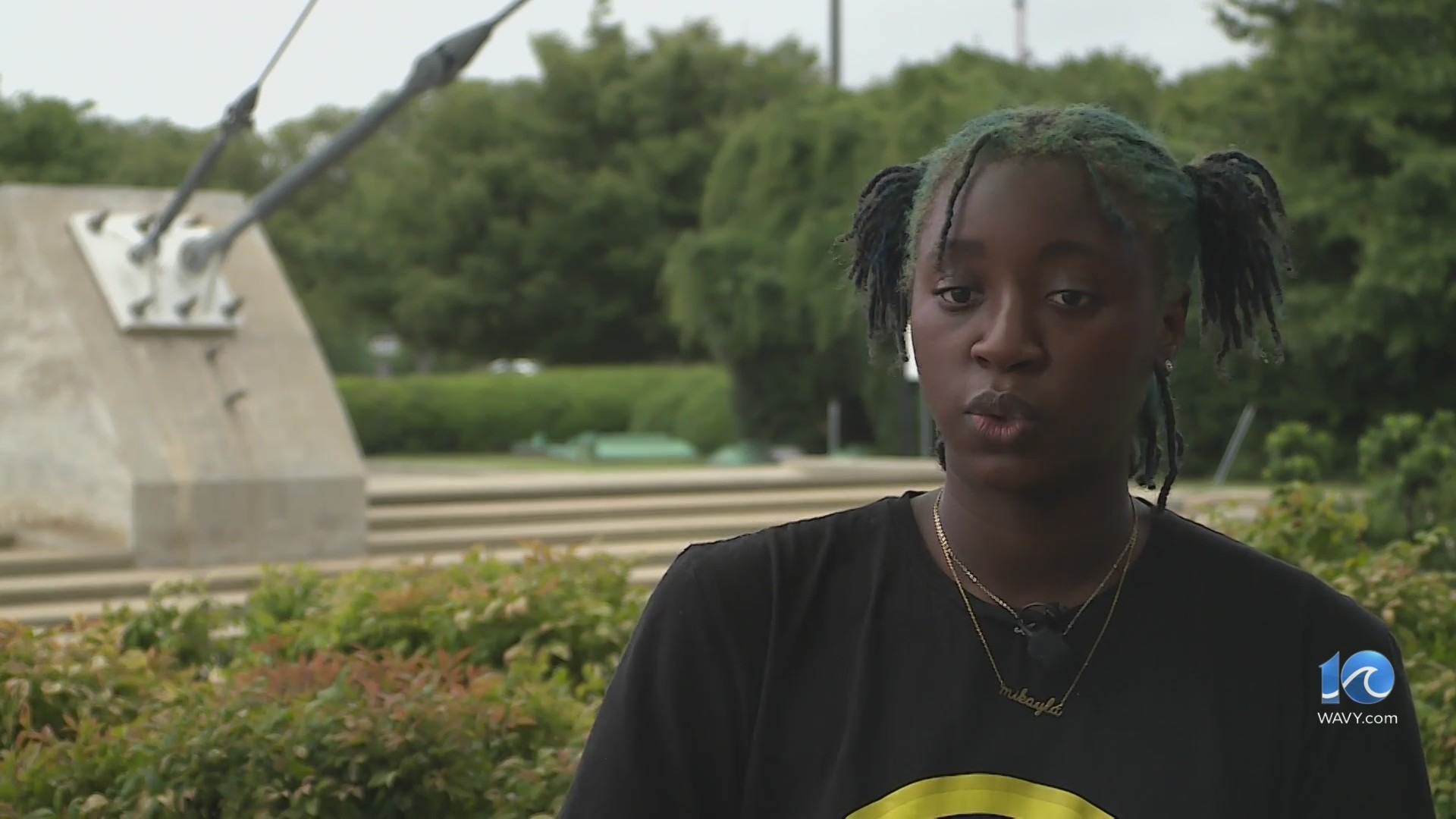WALLOPS ISLAND, Va. (WAVY) — We’re back at NASA’s Wallops Island Flight Facility to watch another International Space Station Resupply Mission launch to the ISS.
For the last several launches we’ve seen them send up mice, ovens to bake food, and even a new space toilet.
With 8,000 pounds of supplies on board, the rocket is ready to go to space.
So, what’s going up on this rocket?
A Brine Processor System, a system that separates urine into pure water and brine. So, did you know that the astronauts have to drink their own pee?!?
“Yes, they have been drinking their own pee for over 10 years! What our brine recovery system will do is take that leftover brine and recover even more water from it. It will increase our water recovery to 98 percent.” said Robyn Gatens, acting director of the International Space Station.
Also on board to be tested is a radiation detection system that will be used for the Artemis II mission for when we will have a crew of astronauts orbiting the moon.
Astronauts that spend time in space are sometimes known to have changes to their vision. The LambdaVision experiment is going building artificial retinas in space. In a micro-gravity environment this is much easier. The artificial retinas are then sent back down to Earth to be tested.
Every day on earth we have gravity always pushing us down, while in space we can float, the Micro-16 study is also going to study how our muscles weaken when we are floating around. To do this, they are going to study worms on the ISS.
Finally, ThinSats — about the size of a slice of bread, satellites created by students are going up on this rocket.
“So, from 4th grade all the way up to college and even into graduate school. I was trying to read through some of their projects and even as an old science educator, I had to look some of the stuff up. They are doing some exciting innovative things,” said Pam Northam, First Lady of Virginia.
The Cygnus Capsule, otherwise known as the S.S. Katherine Johnson will reach the International Space Station soon and will bring nearly 8,000 pounds of supplies to the floating laboratory.

